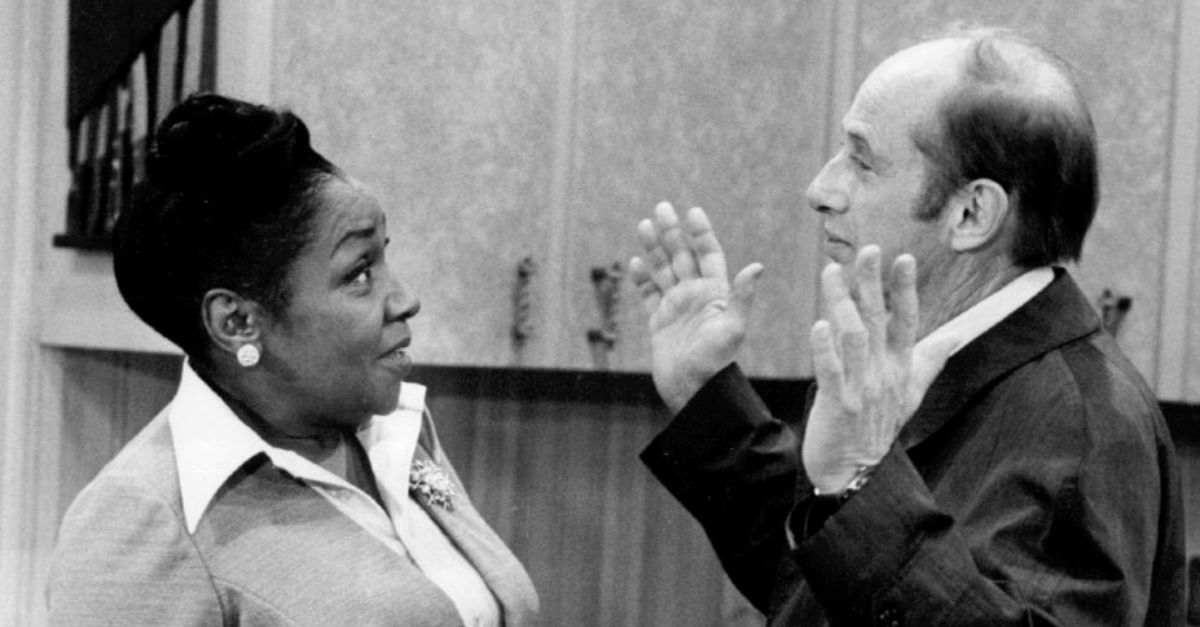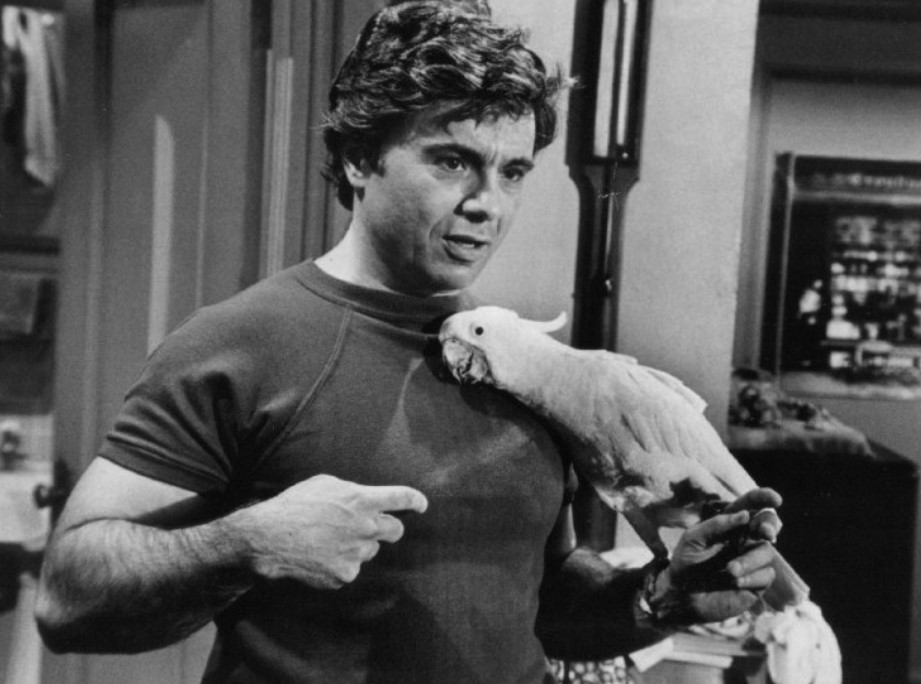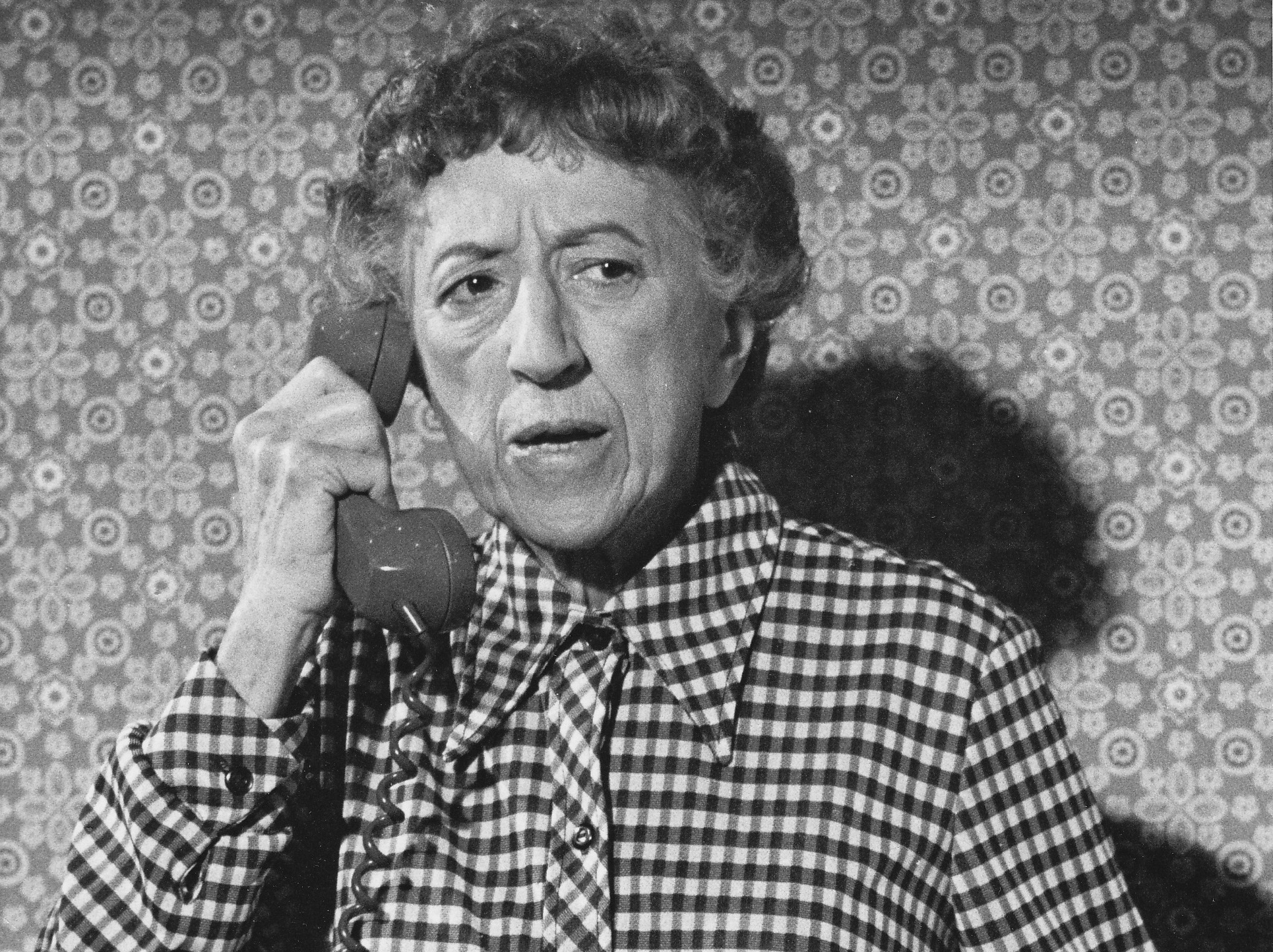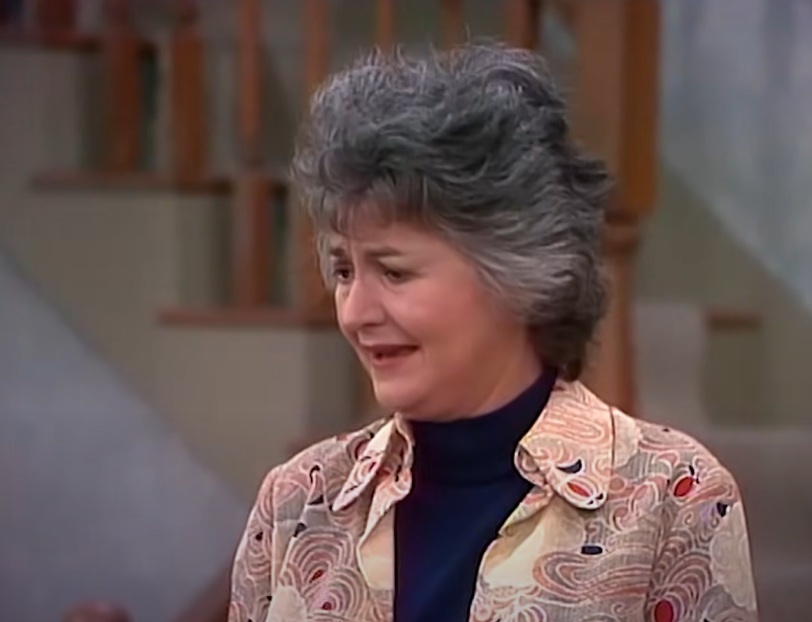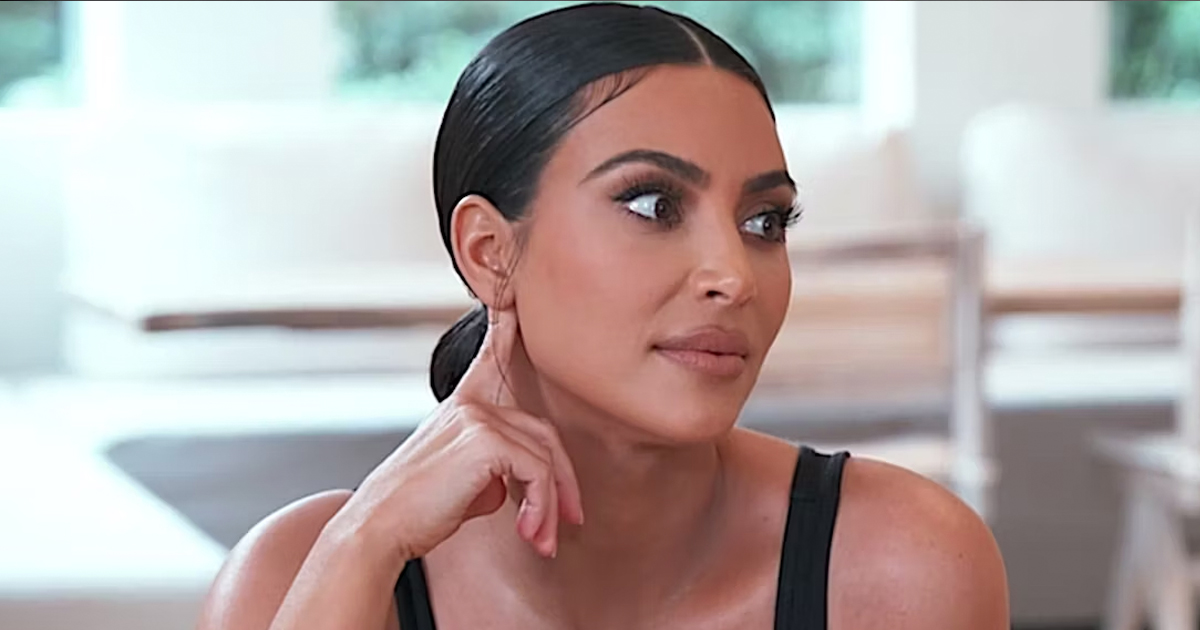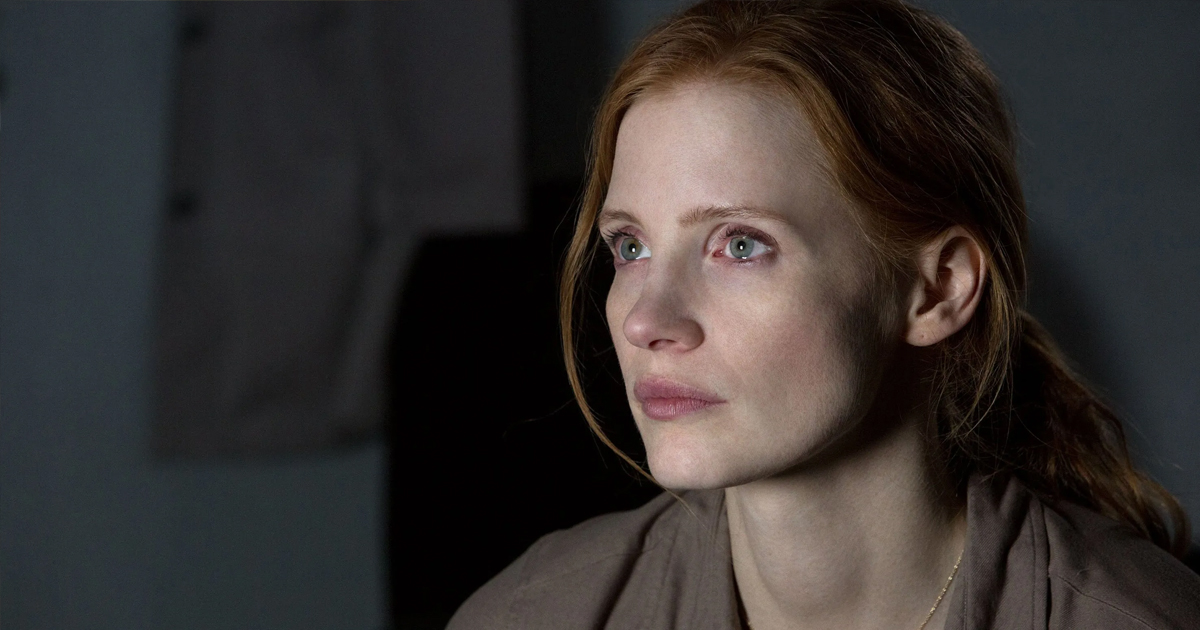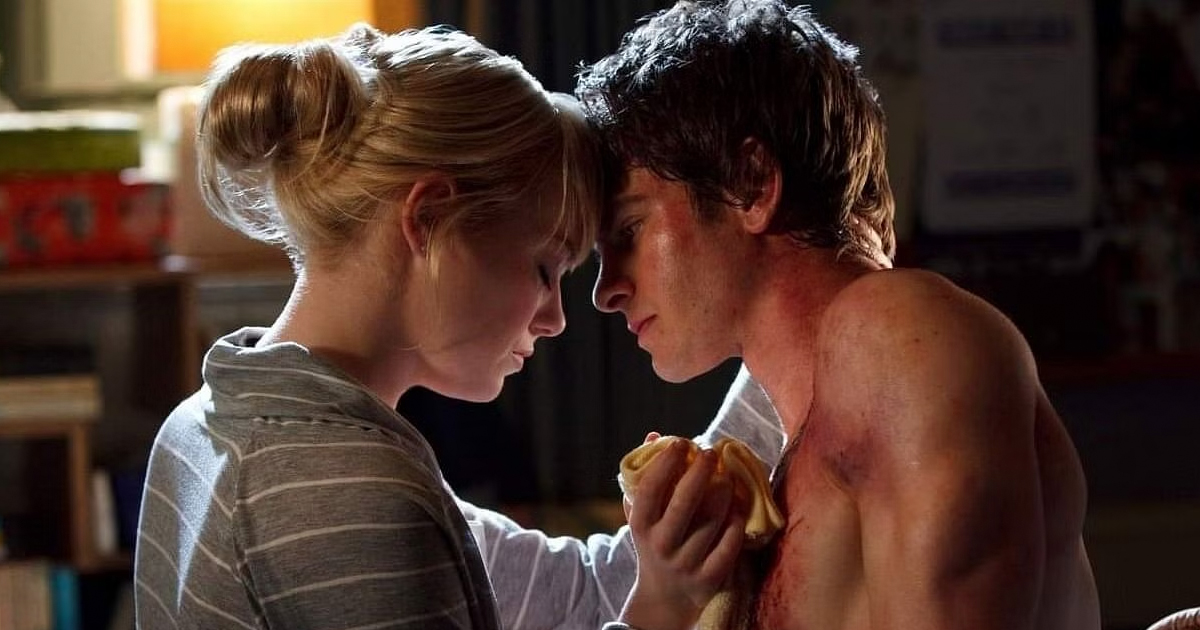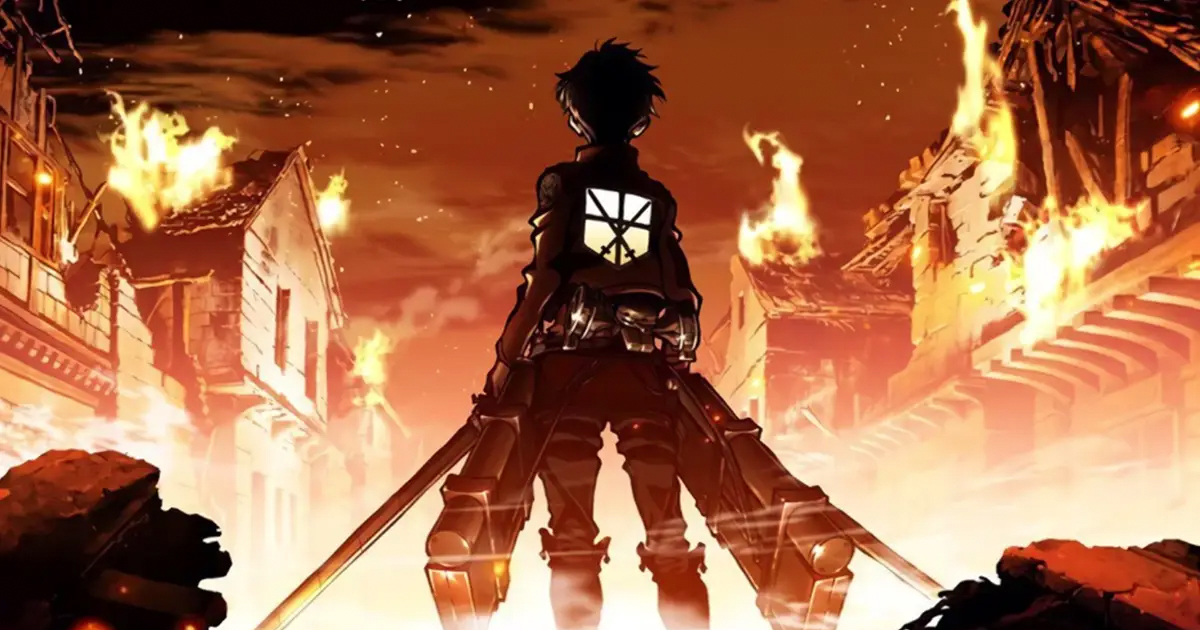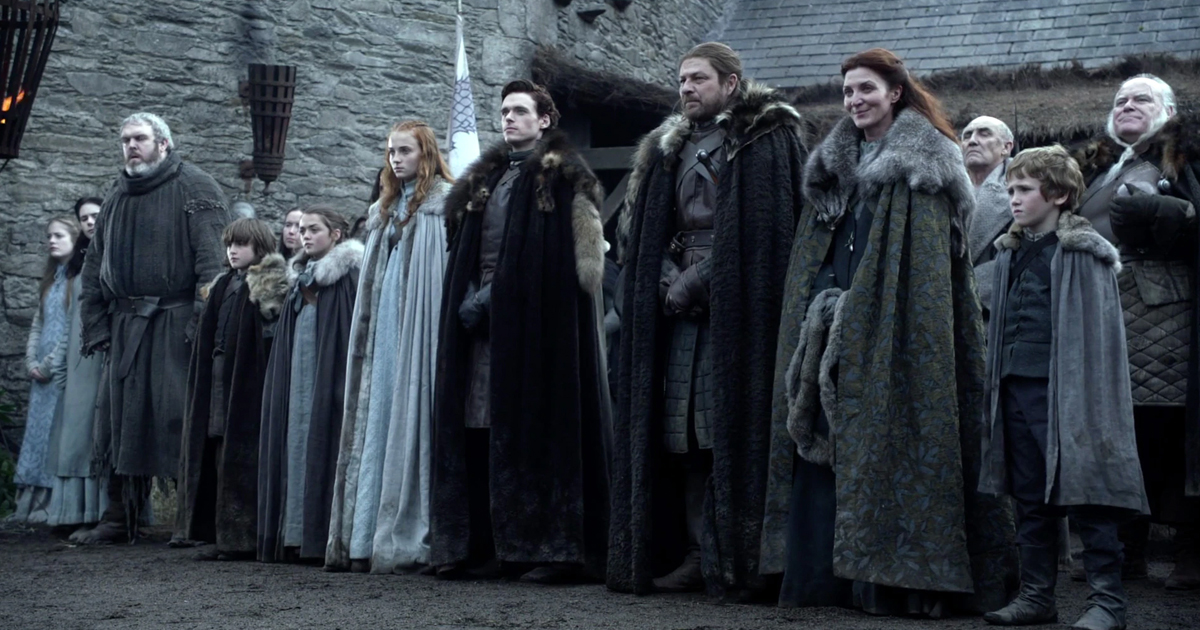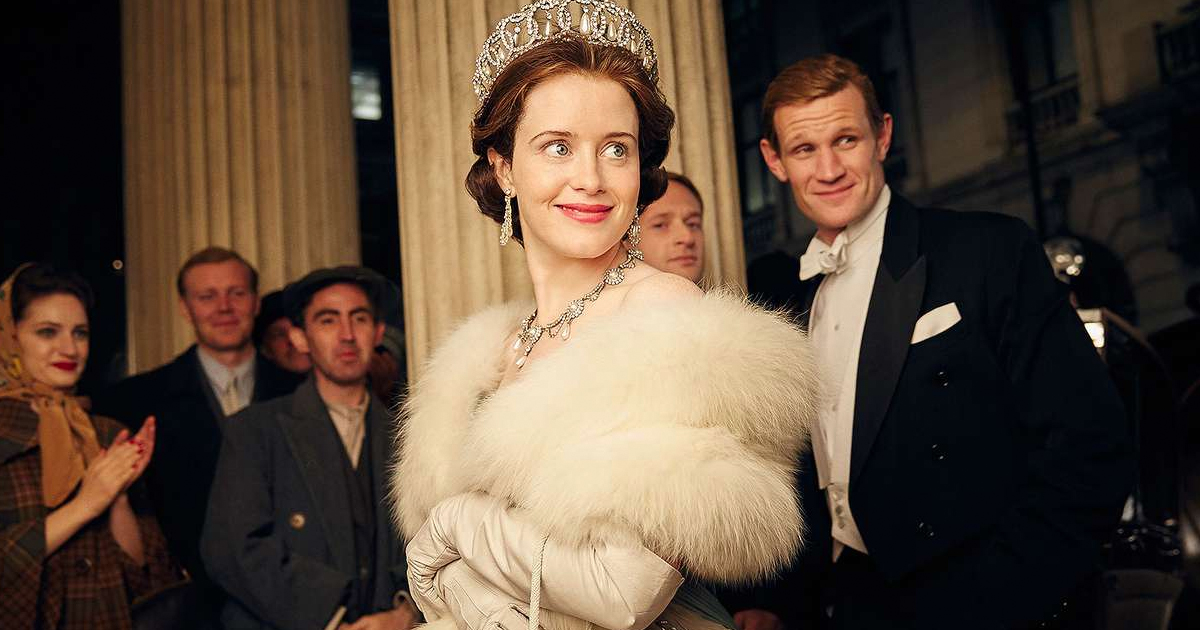Shows That Shaped TV
You may not see their names on the top lists of streaming platforms, but the fingerprints of these forgotten 1970s TV shows are everywhere. These trailblazing series quietly shaped pop culture behind the scenes.
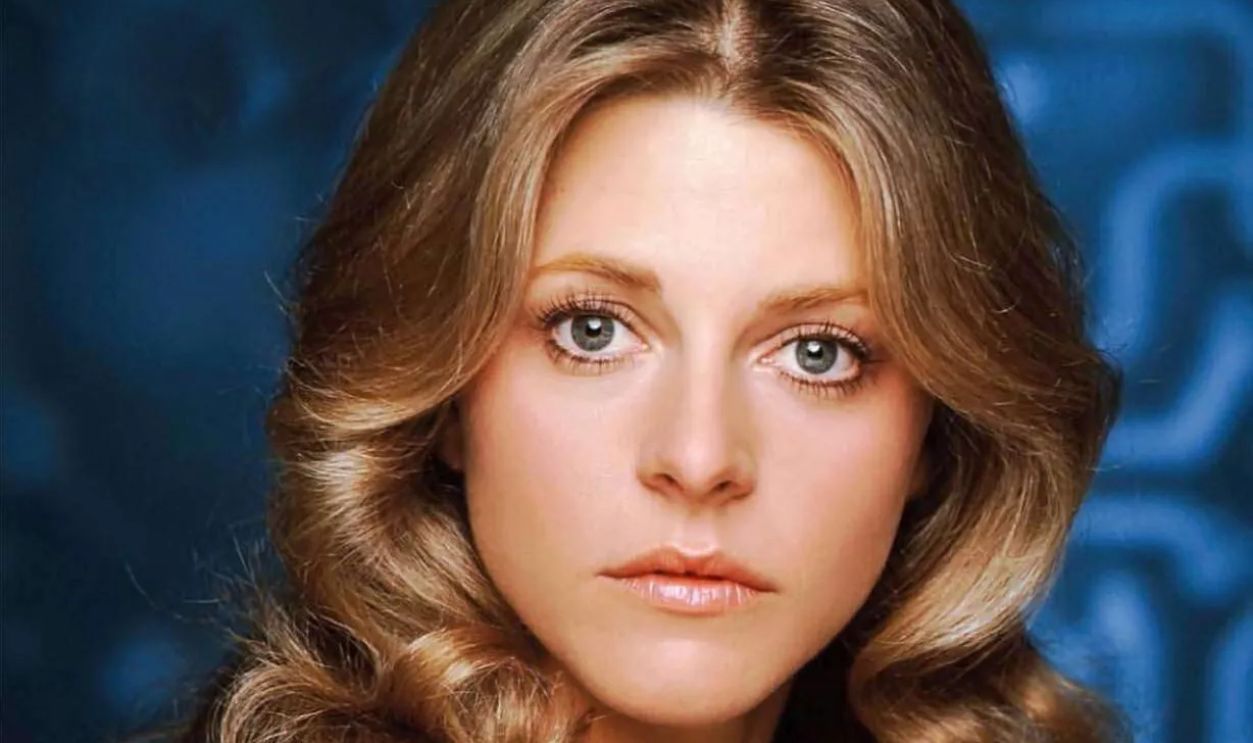
The Rockford Files
With a fresh take on the private detective genre, The Rockford Files gave us Jim Rockford. He was flawed and often found himself outwitted by his own cases. This twist on the detective archetype helped shape later TV protagonists with morally gray characters in crime dramas.
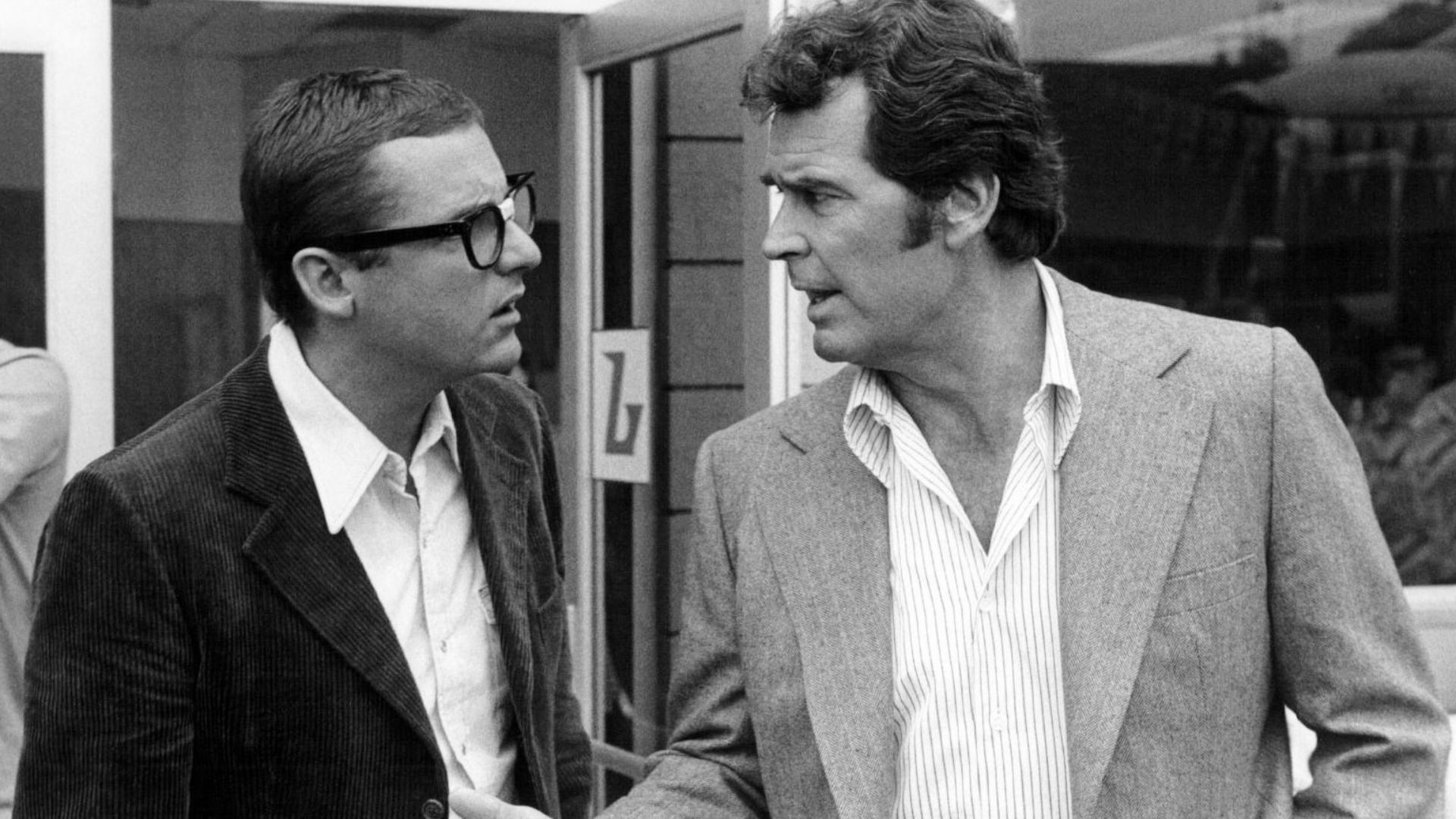 NBC Television, Wikimedia Commons
NBC Television, Wikimedia Commons
M*A*S*H
Mixing comedy and drama in the Korean War context was a TV novelty, and M*A*S*H turned it into a poignant commentary on the human condition. Its influence shows up in sitcoms with dark undertones to dramas that make you laugh and cry in the same episode.
 CBS Television, Wikimedia Commons
CBS Television, Wikimedia Commons
The Mary Tyler Moore Show
This was one of the first shows to normalize the idea of a woman having a career without needing to apologize for it. The Mary Tyler Moore Show's comedic brilliance still holds up. Its legacy lies in how it celebrated working women on TV.
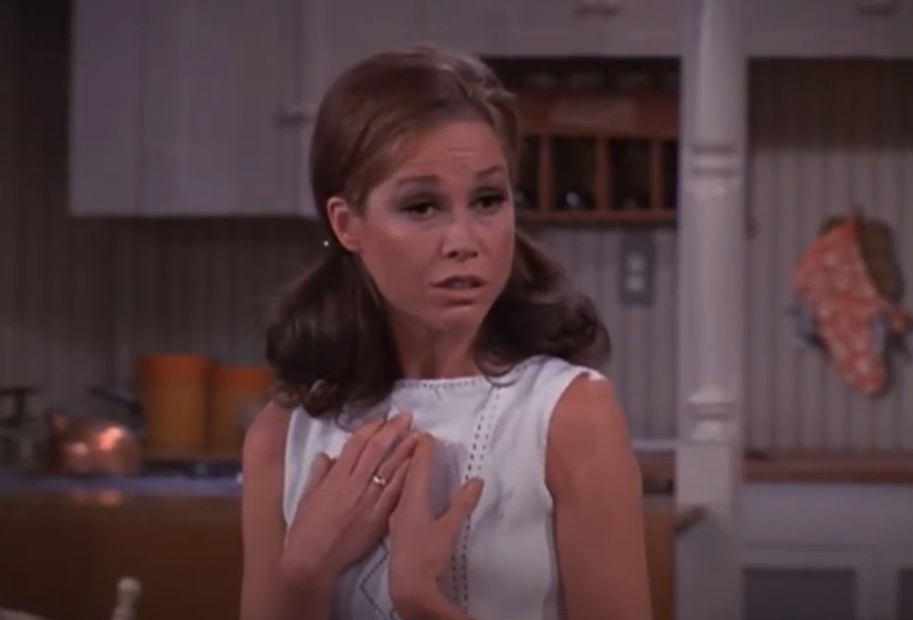 CBS, The Mary Tyler Moore Show (1970-1977)
CBS, The Mary Tyler Moore Show (1970-1977)
The Secrets Of Isis
The Secrets Of Isis quietly broke barriers by introducing TV's first live-action female superhero. Isis was using ancient powers to fight evil and mentor teens around the same time Wonder Woman hit the screens. Her calm wisdom and moral lessons shaped the tone of later kids' superhero shows.
 The Secrets of Isis - Season 1 Episode 9 - The-Show Off by EndsAndOdds
The Secrets of Isis - Season 1 Episode 9 - The-Show Off by EndsAndOdds
Kung Fu
In Kung Fu, we got a warrior monk who wasn't just about brute strength—he was about wisdom. David Carradine's character, Kwai Chang Caine, became an icon of peace over violence and spirituality over aggression, inspiring generations of martial arts-themed entertainment.
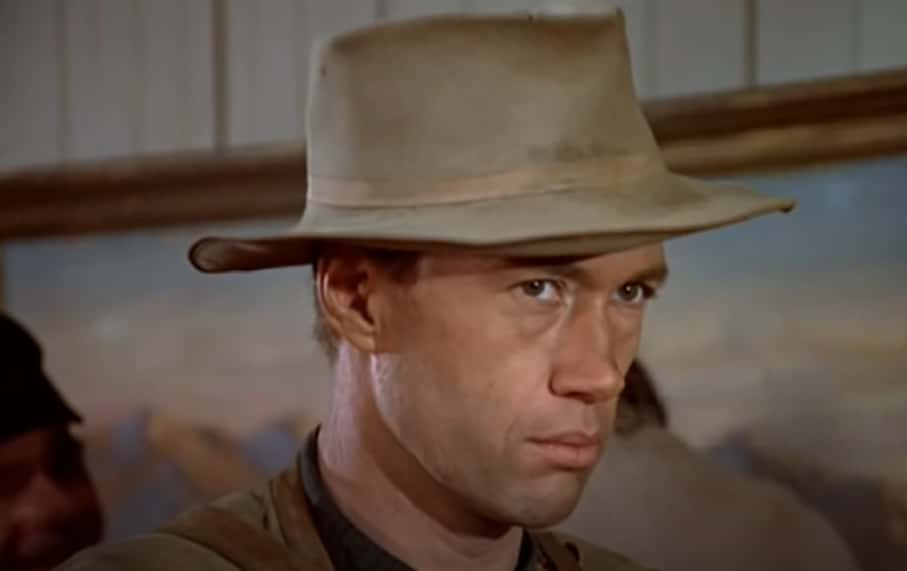 Kung Fu (1972–1975), Warner Bros. Television
Kung Fu (1972–1975), Warner Bros. Television
Starsky & Hutch
What do you get when two very different people become partners? Starsky & Hutch gave us a pair of tough, street-smart cops in an unforgettable partnership. Their "brotherhood" dynamic set a new standard and influenced the rise of police procedurals with strong character-driven plots in shows like Miami Vice.
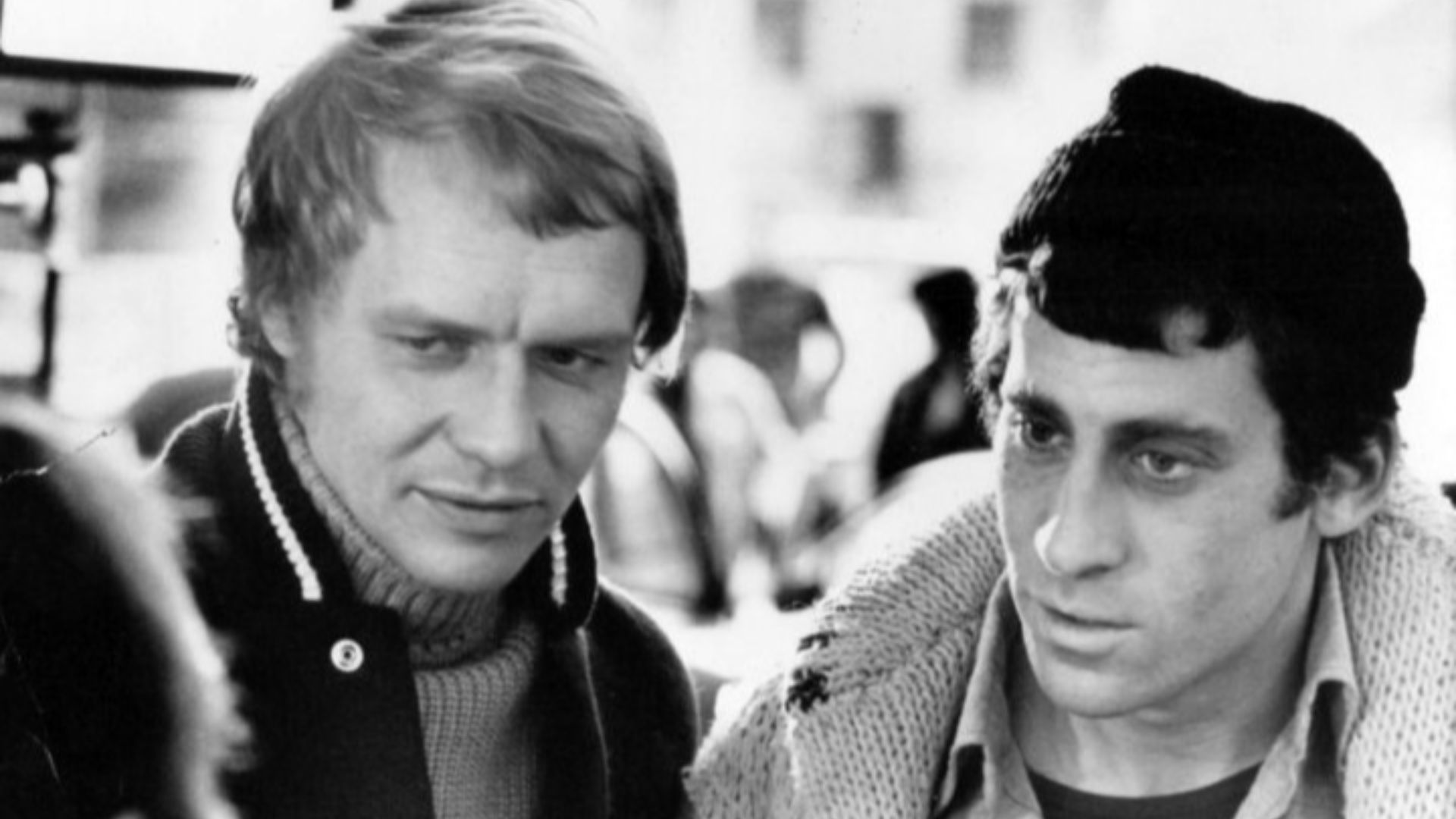 ABC Television, Wikimedia Commons
ABC Television, Wikimedia Commons
All In The Family
All In The Family sheds light on the American family and society's flaws. By addressing hot-button issues like racism, gender roles, and politics through the lens of Archie Bunker's narrow worldview, the show made it clear that laughter can be a potent tool for social change.
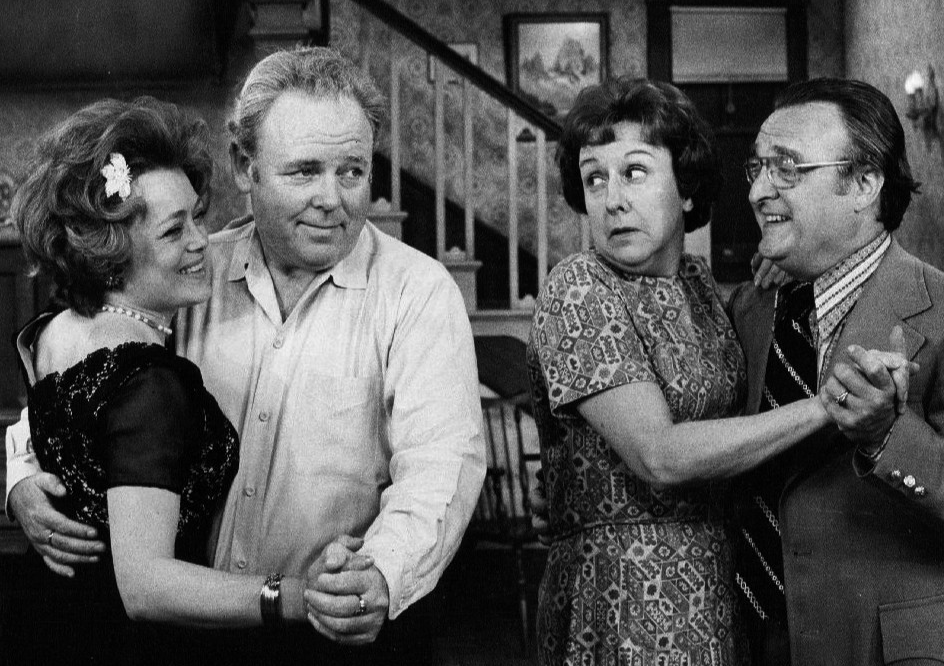 CBS Television, Wikimedia Commons
CBS Television, Wikimedia Commons
One Day At A Time
Airing from 1975 to 1984, One Day At A Time tackled the complexities of single motherhood in a way few shows had before. With humor and heart, it dug into societal issues such as divorce and teen rebellion by providing a relatable portrayal of the struggles many families face.
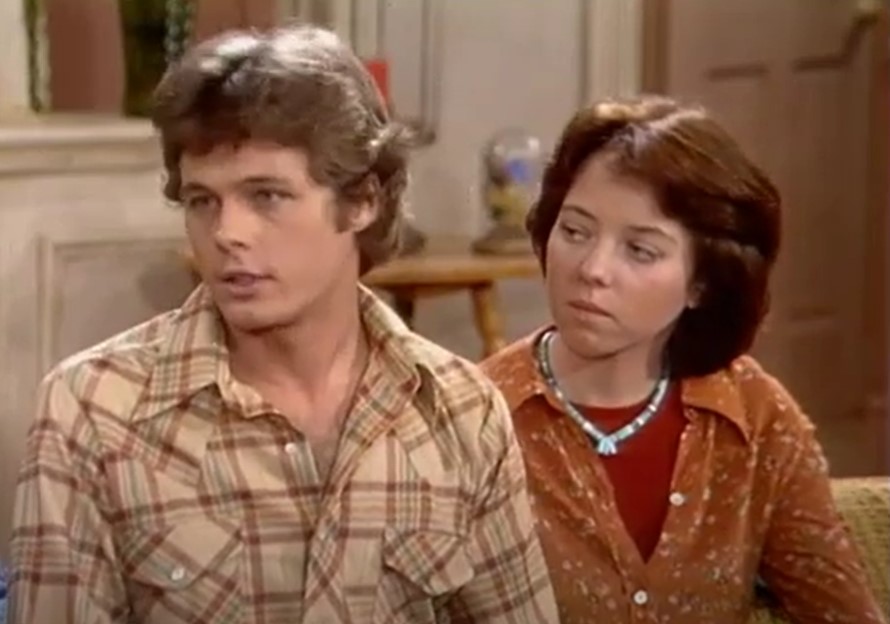 CBS, One Day at a Time (1975–1984)
CBS, One Day at a Time (1975–1984)
The Odd Couple
The mismatched roommates—Felix and Oscar—were more than just opposites. In The Odd Couple, they represented a clash of personalities that became a template for countless future TV pairings. Their comedic battles over cleanliness and habits paved the way for other odd couples in sitcoms.
Welcome Back, Kotter
Welcome Back, Kotter introduced us to the wild world of the Sweathogs and their unconventional teacher, Gabe Kotter. The show's charm came from its quirky, lovable characters and how it brought real issues into a fun high school setting. Even though it's often forgotten, it impacted future sitcoms like Saved by the Bell.
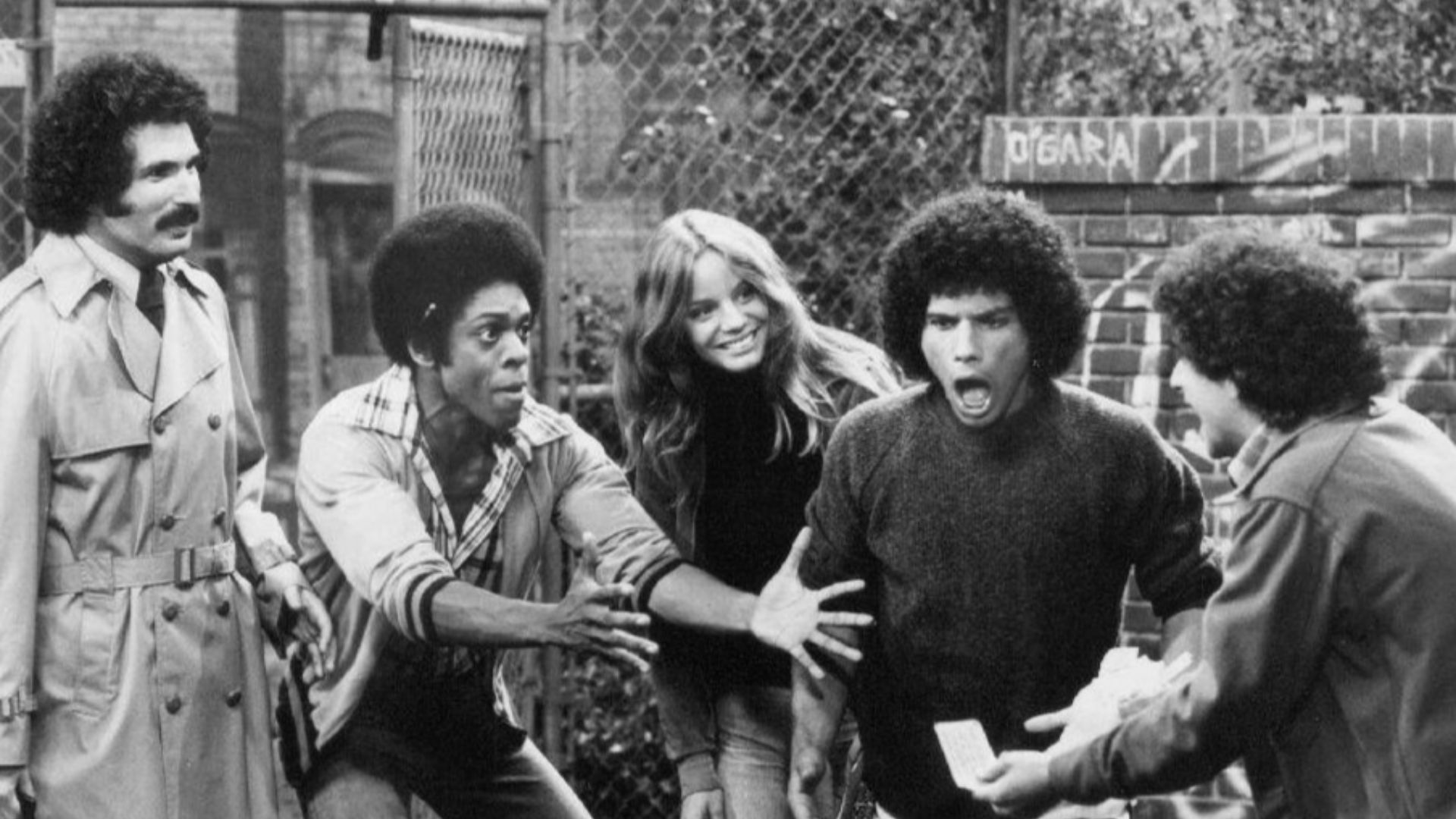 ABC Television, Wikimedia Commons
ABC Television, Wikimedia Commons
Land Of The Lost
With time travel and layered storytelling, Land Of The Lost turned strange civilizations into a surreal sci-fi adventure that captured young imaginations like few shows dared. Beyond its colorful creatures and bizarre settings, the show hinted at deep existential themes. It later influenced fantasy series like Lost.
Chico And The Man
Although it aired for only four seasons, Chico And The Man was a cultural milestone in the 1970s. It featured a grumpy, middle-aged mechanic and a young, upbeat Latino man to explore generational gaps and cultural differences. The positive representation of Latino characters helped shift perceptions.
Good Times
Good Times was one of the first sitcoms to center on an African-American family, and it did so with a mix of humor and a no-holds-barred exploration of life. The show wasn't afraid to address tough topics like poverty and social inequality while keeping its tone relatable.
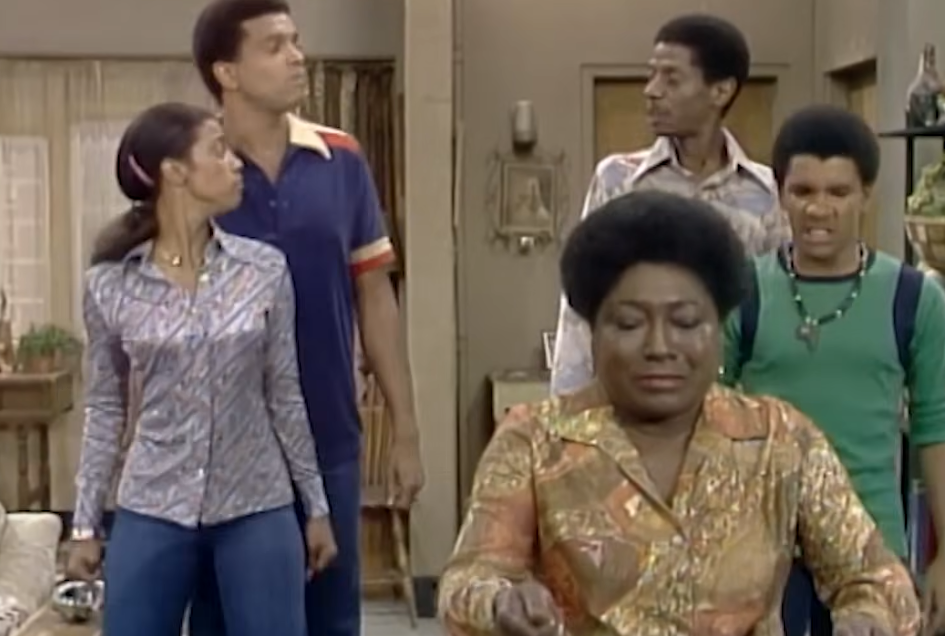 Tandem Productions, Good Times (1974-1979)
Tandem Productions, Good Times (1974-1979)
The Six Million Dollar Man
Steve Austin, with his bionic enhancements, became the blueprint for later action heroes who were part man, part machine. Beyond the cyborg antics, The Six Million Dollar Man's exploration of human augmentation and the ethical dilemmas surrounding it has become even more relevant in today's age of artificial intelligence.
 ABC Television, Wikimedia Commons
ABC Television, Wikimedia Commons
The Partridge Family
With catchy tunes and lovable characters, The Partridge Family made it cool to be in a band, even if you were a family of five on a bus. Though it didn't last for long, it influenced future pop culture by bringing the idea of family pop acts to mainstream TV.
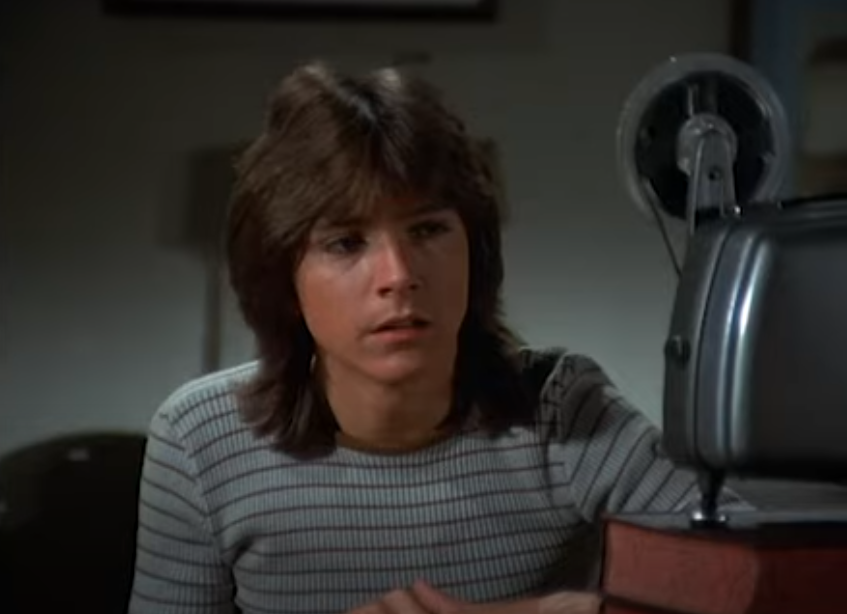 Screen Gems, The Partridge Family (1970–1974)
Screen Gems, The Partridge Family (1970–1974)
Baretta
Baretta was a gritty look at the complex world of law enforcement, led by the tough yet emotionally conflicted detective, Tony Baretta. His street-smart style and unwavering moral compass set a new standard for TV detectives. This blend of vulnerability and toughness inspired future characters in crime dramas.
Sigmund And The Sea Monsters
Songs were part of the story in Sigmund And The Sea Monsters. It featured a lovable little sea creature trying to find his place on land and two boys who befriended him. Beneath its lighthearted surface, the show focuses on accepting those who are different.
Maude
When it aired in 1972, Maude was a social movement wrapped in comedy. The show's fearless tackling of issues like abortion and equal rights in the 1970s made it ahead of its time. Maude's unapologetic, progressive character set the stage for strong, independent women on TV.
The Bob Newhart Show
By introducing humor and perfectly timed character interactions, The Bob Newhart Show brought the classic sitcom format to life. Bob Hartley, the psychiatrist at the heart of the show, dealt with eccentric patients and his quirky wife, creating a dynamic that felt both relatable and charming.
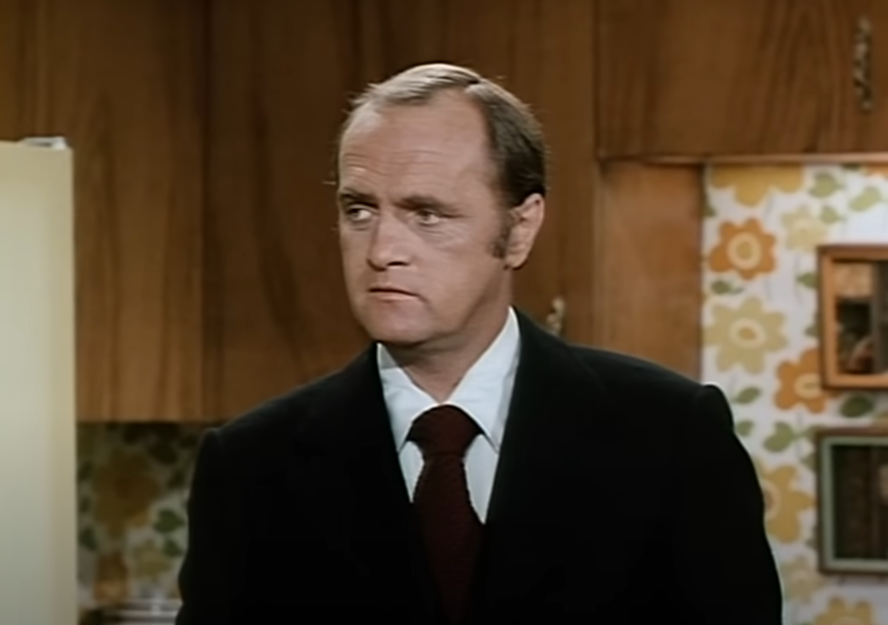 CBS, The Bob Newhart Show (1972–1978)
CBS, The Bob Newhart Show (1972–1978)
The Incredible Hulk
Despite some differences from the comics, The Incredible Hulk became a cultural touchstone for its exploration of inner turmoil and self-acceptance. Bruce Banner's struggle with his alter ego resonated with audiences in the 1970s, creating an enduring character that's influenced countless superhero TV shows and films since.
 The Hulk Must Escape! | Season 3 Episode 2 | The Incredible Hulk by The Incredible Hulk - TV Series
The Hulk Must Escape! | Season 3 Episode 2 | The Incredible Hulk by The Incredible Hulk - TV Series
Electra Woman And Dyna Girl
Electra Woman And Dyna Girl zapped into Saturday mornings with dazzling capes and a fearless attitude. Long before superheroes dominated mainstream TV, these two evil-fighting women were taking on villains in high style. Their flashy action sequences and campy charm planted seeds for future superhero parodies.
 We need to talk about ELECTRA WOMAN & DYNA GIRL (1976) by Prodigious Saps
We need to talk about ELECTRA WOMAN & DYNA GIRL (1976) by Prodigious Saps
Josie And The Pussycats
Bursting onto Saturday morning TV screens, Josie And The Pussycats mixed bubblegum pop music with a stylish girl band into one irresistible cartoon. It wasn't just fun and catchy—it inspired music-focused animated shows like Jem and the Holograms.
 Open HD | Josie and the Pussycats | Warner Archive by Warner Bros. Classics
Open HD | Josie and the Pussycats | Warner Archive by Warner Bros. Classics
The Jeffersons
As a spinoff from All in the Family, The Jeffersons was a bold, groundbreaking show that explored issues of class and race with humor and heart. George and Weezy's move "up to the East Side” symbolized the American Dream for many, yet their interactions often highlighted societal divides.
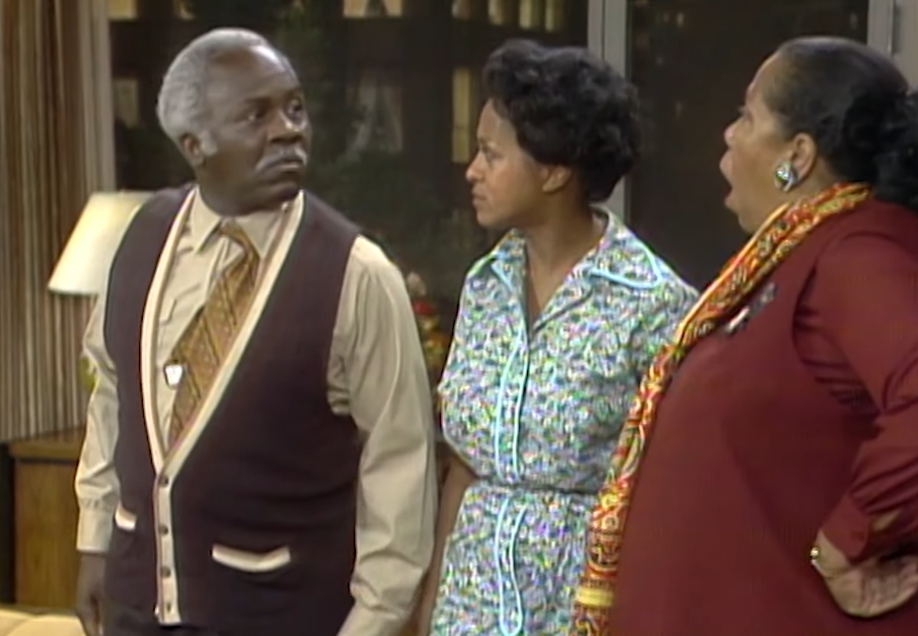 Embassy Television, The Jeffersons (1975-1985)
Embassy Television, The Jeffersons (1975-1985)
What's Happening!!
What's Happening!! was a sitcom that reflected the life of inner-city teens in a way that felt real and relatable. Its focus on friendship and the highs and lows of growing up struck a chord with audiences and brought African-American experiences to the forefront.
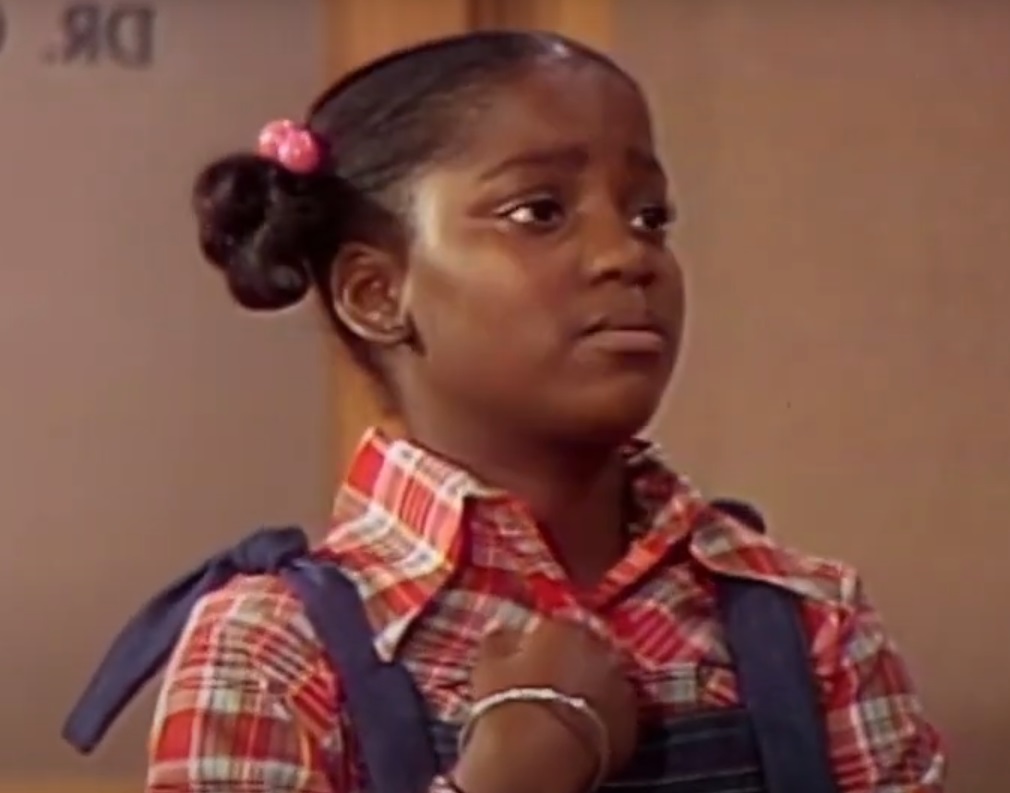 ABC, What's Happening!! (1976-1979)
ABC, What's Happening!! (1976-1979)
Police Story
Pushing the boundaries of police drama, Police Story introduced more nuanced characters and situations that felt grounded in reality. Instead of relying on stereotypical heroes and villains, it portrayed law enforcement officers as complex individuals dealing with personal issues while exploring the job's challenges.
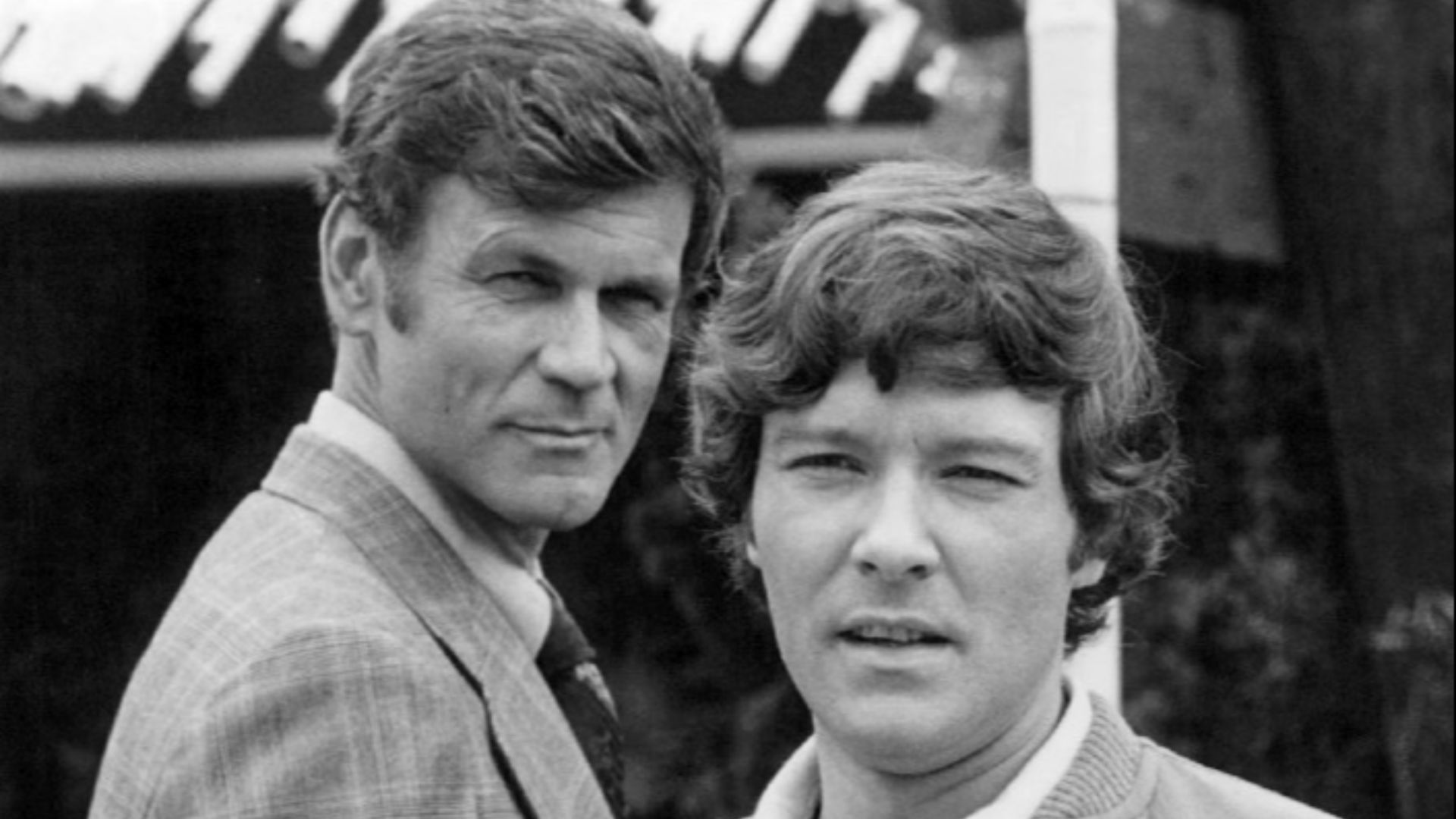 NBC Television, Wikimedia Commons
NBC Television, Wikimedia Commons
Shazam!
For three seasons, Shazam! turned Billy Batson's ability to become a powerful hero into a Saturday morning sensation. Unlike the grittier superhero adaptations that followed, Shazam! embraced wholesome adventure and morality tales to show kids that true strength came with responsibility.
 SHAZAM! TV Series - Best Parts (1974) by JoBlo Movie Clips
SHAZAM! TV Series - Best Parts (1974) by JoBlo Movie Clips
Kolchak: The Night Stalker
Although Kolchak: The Night Stalker ran for a single season, it developed a cult status. It featured a journalist chasing down supernatural mysteries with a tenacity that made his encounters with the unknown feel all the more intense. The show's influence on the paranormal genre is undeniable.
 Kolchak The Night Stalker - Horror in the Heights, 1974 by retiredcanadian
Kolchak The Night Stalker - Horror in the Heights, 1974 by retiredcanadian
The Bionic Woman
The Bionic Woman took the concept of the "superhero" and gave it a twist—this time, a woman with bionic enhancements who fought crime while grappling with her own humanity. It was a trailblazer by representing strong female protagonists who weren't afraid to get their hands dirty in action-packed adventures.
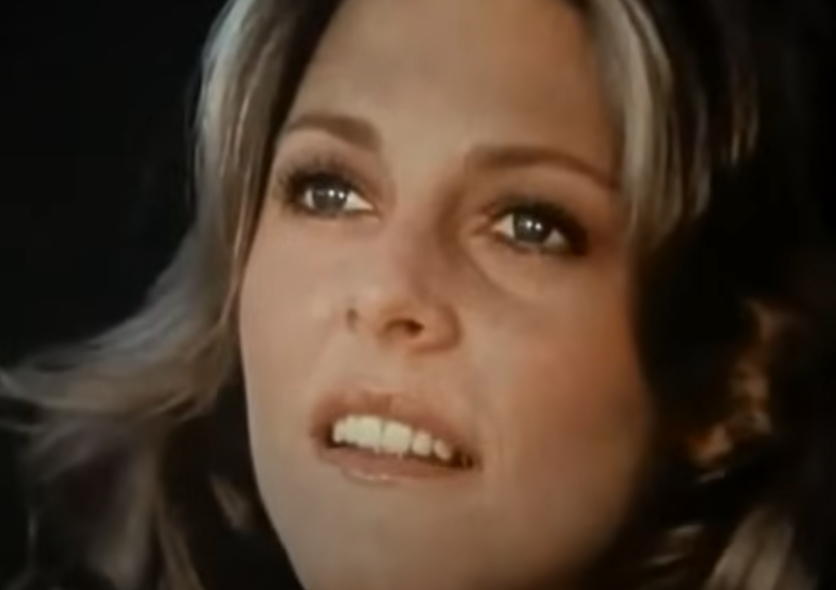 Harve Bennett Productions, The Bionic Woman (1976–1978)
Harve Bennett Productions, The Bionic Woman (1976–1978)
Diff'rent Strokes
Influencing shows like Family Matters, Diff'rent Strokes was about a wealthy white man adopting two African-American boys. It tackled race and cultural differences in ways that were rare for its time. The show introduced audiences to complex family dynamics by showing how love and understanding can overcome societal boundaries.
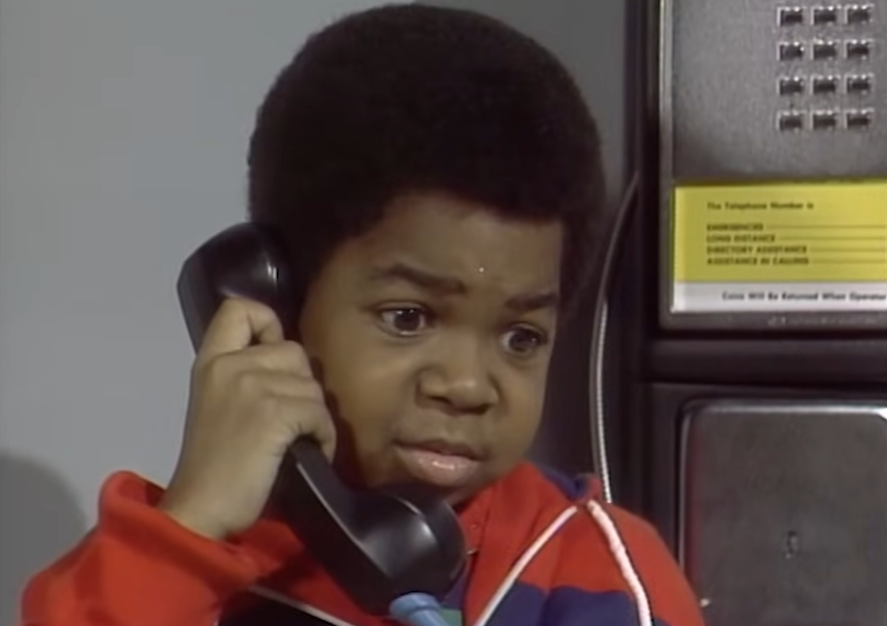 Tandem Productions, Diff'rent Strokes (1978-1986)
Tandem Productions, Diff'rent Strokes (1978-1986)
The Love Boat
As it brought the luxury of cruising into American living rooms, The Love Boat mixed romance with comedy and drama, all while setting sail on the open seas. The show's unique episodic storytelling and ensemble casts set the stage for future series that focused on larger-than-life settings and character dynamics.
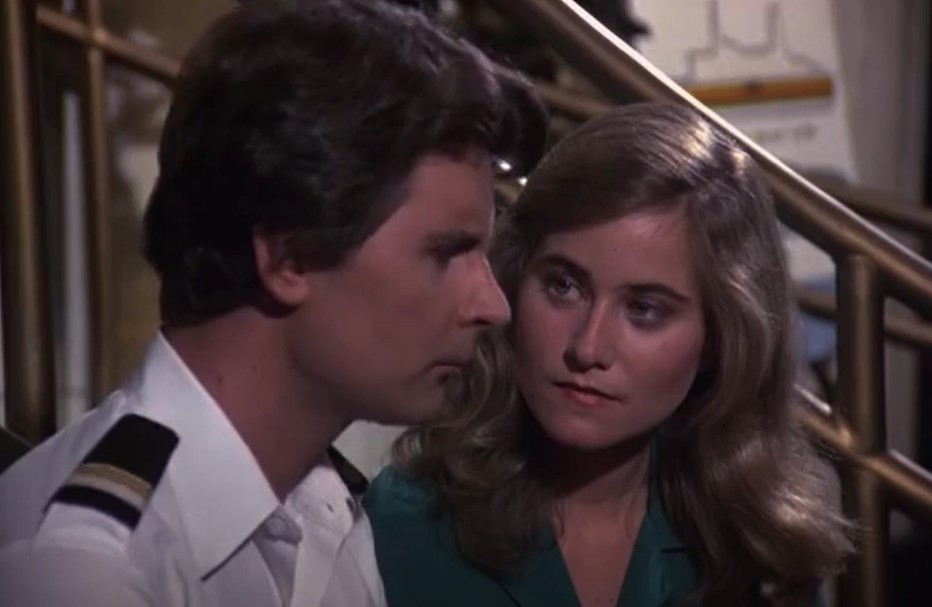 ABC, The Love Boat (1977–1987)
ABC, The Love Boat (1977–1987)
Laverne & Shirley
Two working-class women dealing with life in Milwaukee might not sound like much, but Laverne & Shirley focused on the fun and chaos that come with chasing your dreams. This quirky sitcom emphasized the bond between its female leads and the importance of camaraderie.
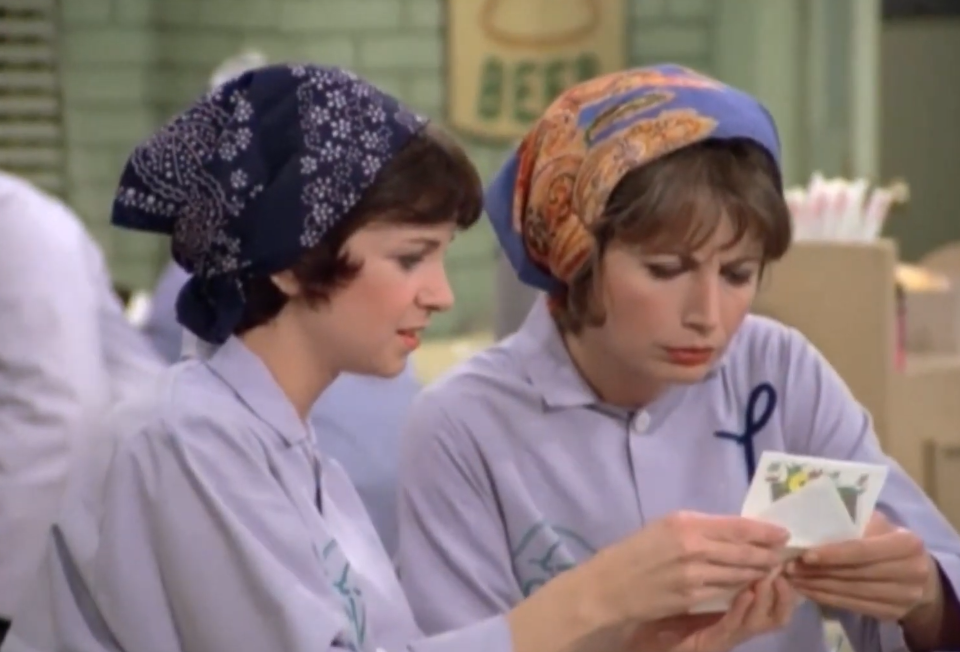 Paramount, Laverne & Shirley (1976-1983)
Paramount, Laverne & Shirley (1976-1983)
Schoolhouse Rock!
Schoolhouse Rock! first aired in 1973 and made learning feel like the coolest thing ever. Packed with clever songs about grammar, history, math, and civics, it turned education into entertainment in a way no one had seen. "Conjunction Junction" and "I'm Just a Bill" embedded themselves in pop culture's DNA.
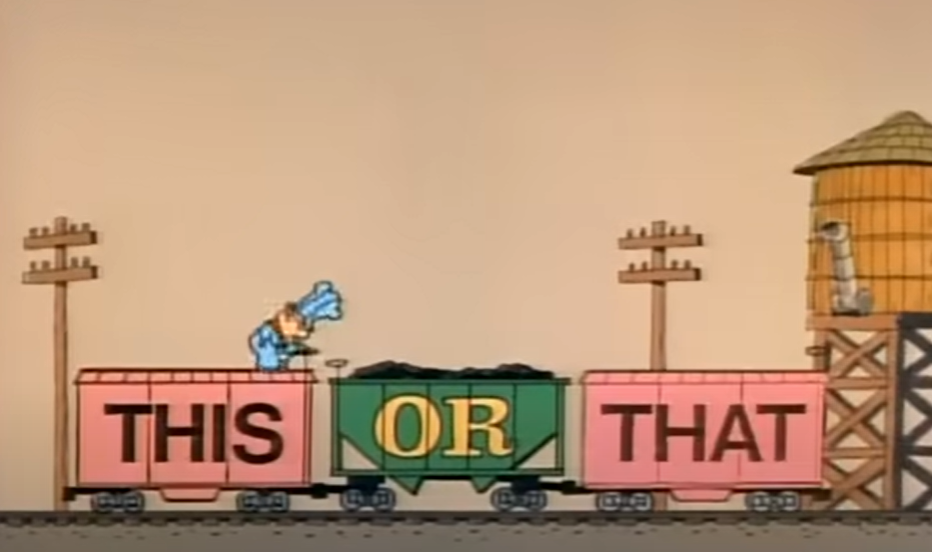 ABC, Schoolhouse Rock! (1973-2009)
ABC, Schoolhouse Rock! (1973-2009)
The Rookies
Offering a raw look at the lives of rookie cops on the beat, The Rookies mixed action and character-driven storytelling. The show explored the personal struggles of its three leads by making their experiences relatable. Some future cop shows were inspired by its ensemble cast.
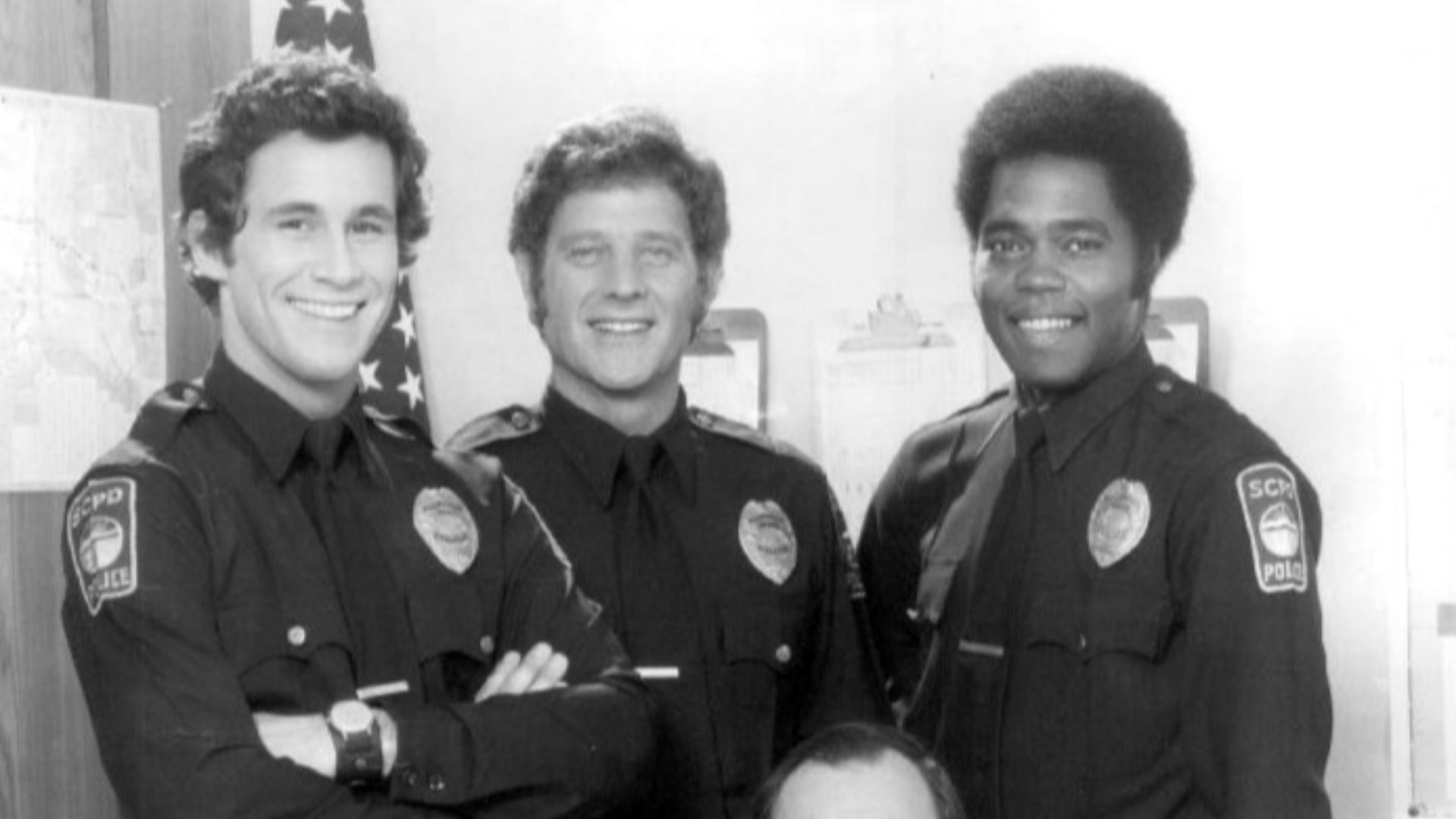 ABC Television, Wikimedia Commons
ABC Television, Wikimedia Commons
Fawlty Towers
The short-lived British comedy Fawlty Towers left a massive mark on American humor. With its slapstick antics and socially awkward situations, it offered an early blueprint for the chaotic, fast-paced humor we now see in sitcoms like The Office and Arrested Development.
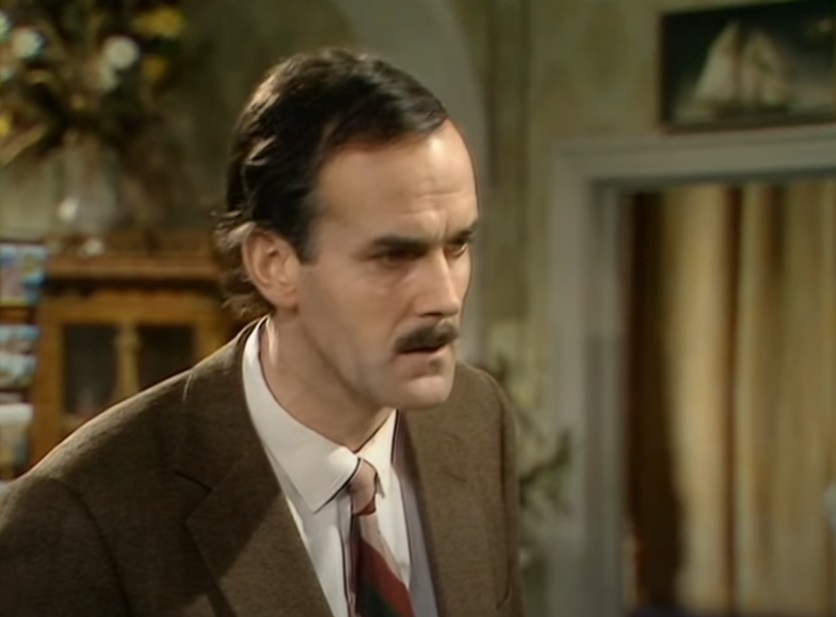 BBC Two, Fawlty Towers (1975-1979)
BBC Two, Fawlty Towers (1975-1979)
CPO Sharkey
CPO Sharkey may have been a military sitcom, but it was more than just hijinks in uniform. It was one of the few shows to highlight the role of the military in a comedic light while still showing the emotional struggles that service members face.
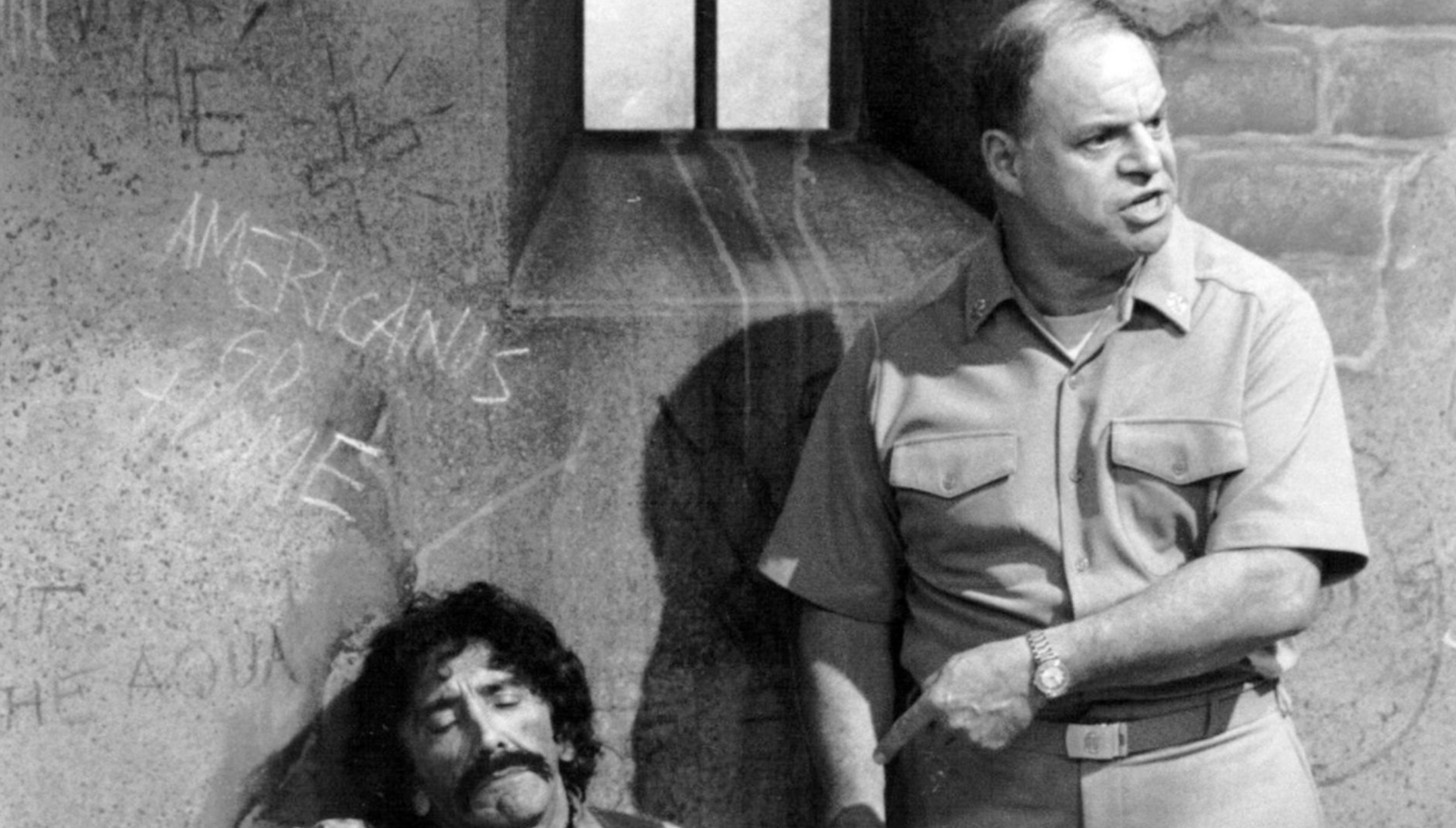 NBC Television, Wikimedia Commons
NBC Television, Wikimedia Commons
The Tomorrow People
By discussing mutation and humanity's evolution, many believe The Tomorrow People was ahead of its time. This science fiction series is about a group of teenagers with extraordinary abilities to influence superhero TV shows that followed, like The Flash and Heroes.
 The Tomorrow People (70s) - Nick Knacks Episode #022 by Pop Arena
The Tomorrow People (70s) - Nick Knacks Episode #022 by Pop Arena
Emergency!
Flashy lights and sirens made Emergency! a living room favorite. What really set it apart was its realistic portrayal of paramedics and emergency response teams. Long before medical dramas became trendy, this show spotlighted first responders as everyday heroes.
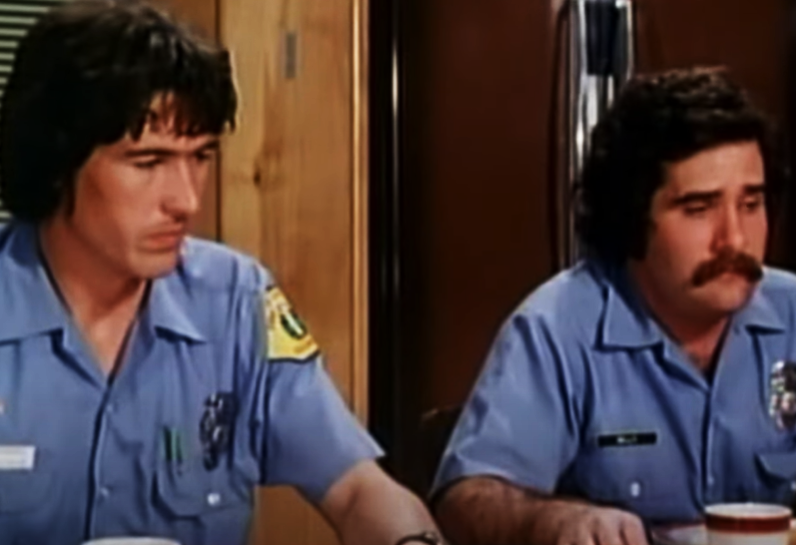 Universal, Emergency! (1972–1979)
Universal, Emergency! (1972–1979)
The Streets Of San Francisco
As it ran for five seasons, The Streets Of San Francisco introduced a new wave of realism in portraying both the city and its criminals. Karl Malden and a young Michael Douglas brought gravitas to the police procedural genre by making it character-driven instead of case-driven.
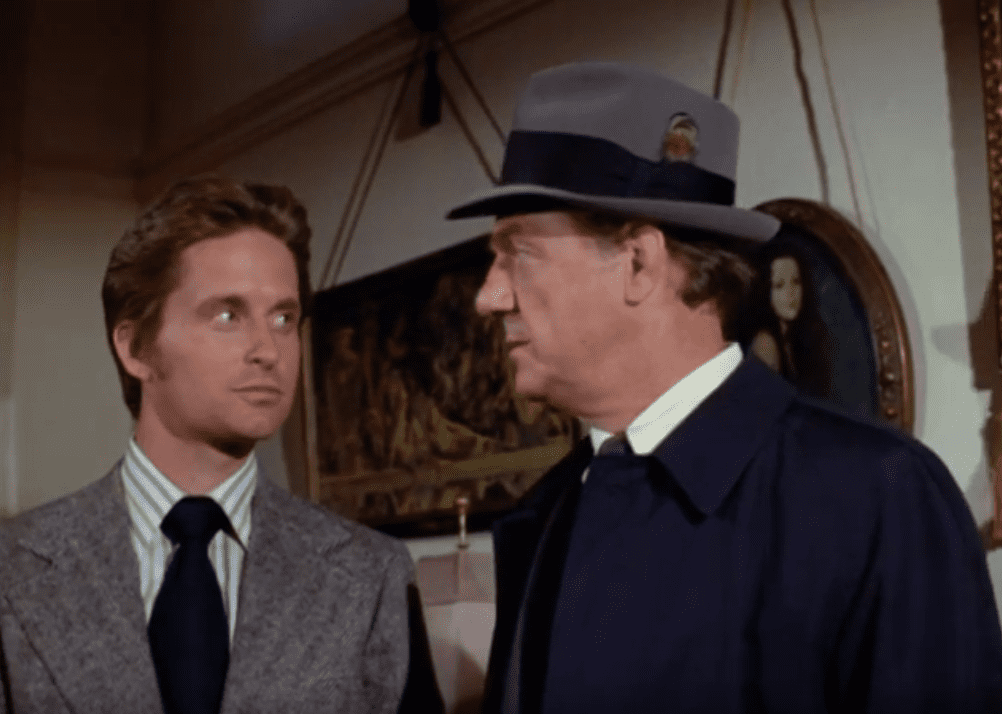 The Streets of San Francisco (1972–1977), Warner Bros. Television
The Streets of San Francisco (1972–1977), Warner Bros. Television
Little House On The Prairie
Little House On The Prairie tapped into America's love for nostalgic storytelling with its depiction of frontier life and family bonds. But it wasn't just about bonnets and covered wagons; the show tackled real issues like racism and survival with surprising depth.
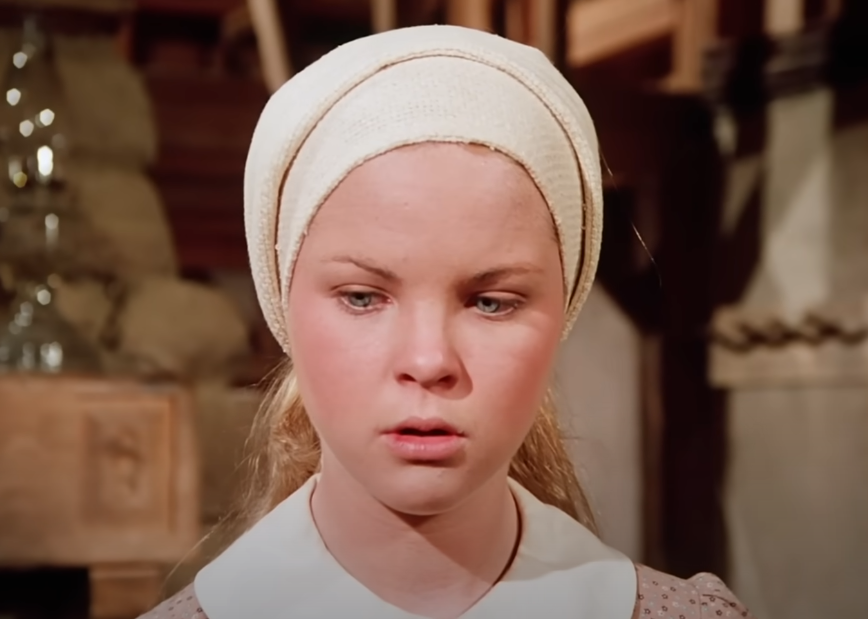 NBC, Little House on the Prairie (1974–1983)
NBC, Little House on the Prairie (1974–1983)
Love, American Style
It wasn't a traditional sitcom. Love, American Style was a bold, colorful anthology of short, punchy love stories. Each episode felt fresh and different, with playful, sometimes daring takes on relationships. It influenced later anthology shows like The Love Boat and even sketches on Saturday Night Live.
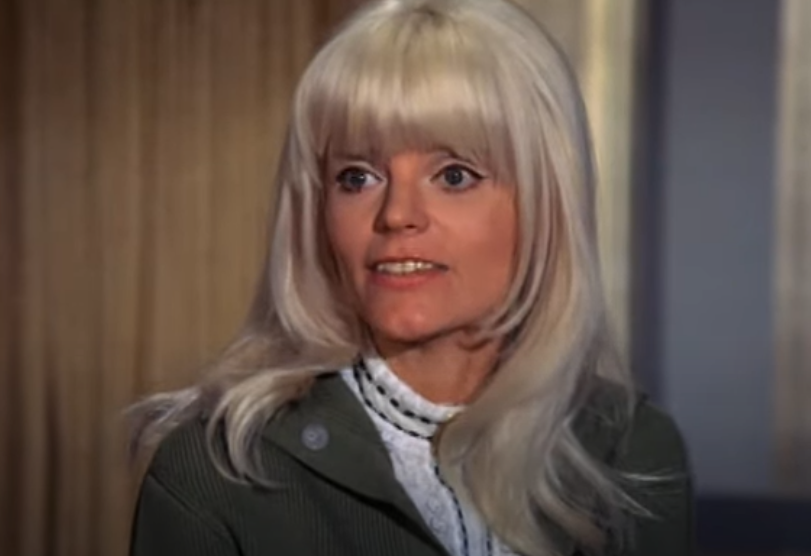 Paramount, Love, American Style (1969–1974)
Paramount, Love, American Style (1969–1974)
Room 222
Featuring a refreshing take on high school life, Room 222 stepped into the spotlight by focusing on diversity and social change. Long before TV embraced multicultural casts, this series portrayed students and teachers struggling with real-world issues like racism and personal growth.
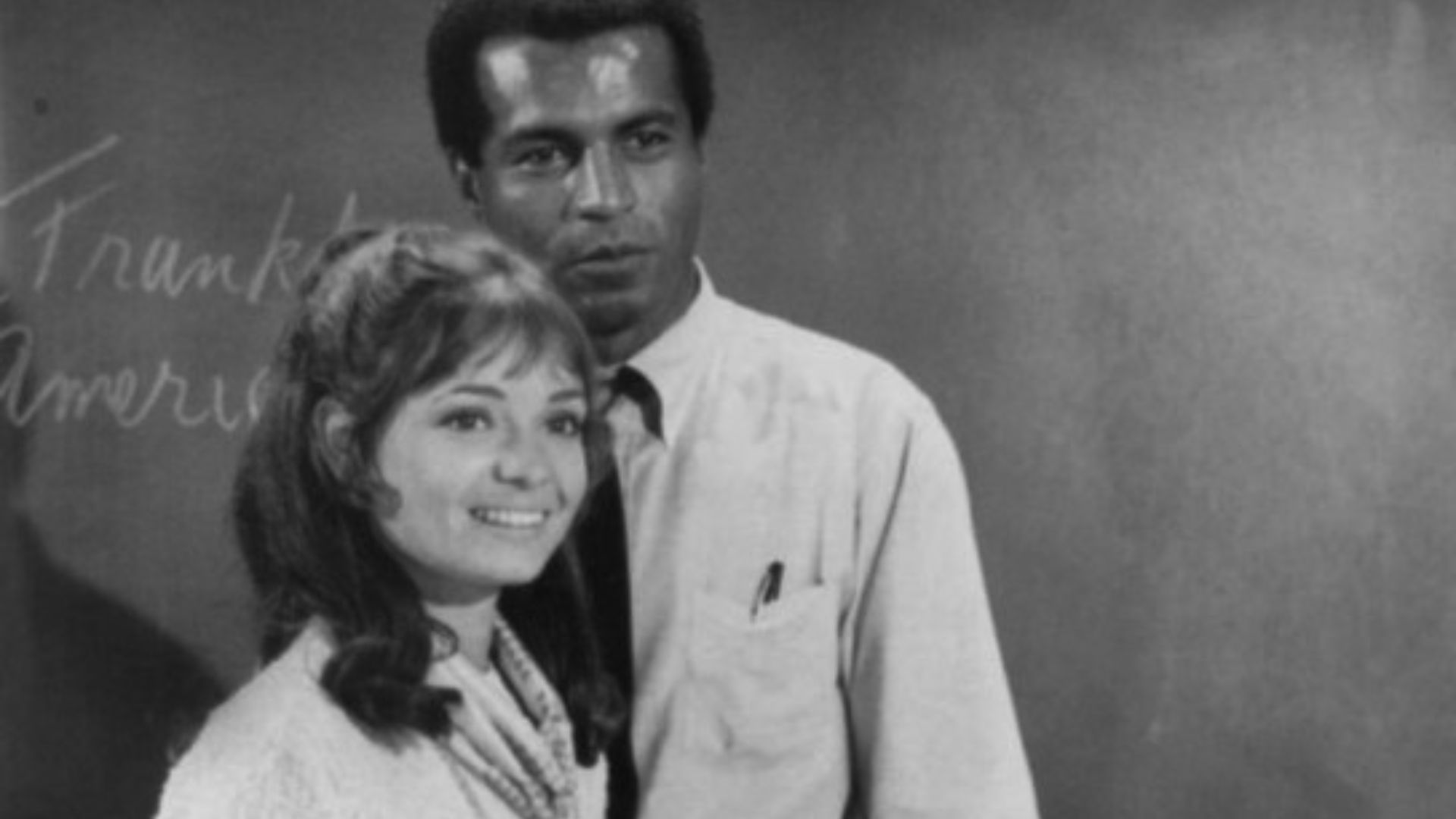 ABC Television, Wikimedia Commons
ABC Television, Wikimedia Commons
The Bugaloos
With a mix of fantasy and early glam-pop, The Bugaloos featured insect-winged teens who sang their way through colorful adventures. The show had a dreamlike atmosphere that set it apart from anything else on television. Psychedelic visuals and pop soundtracks influenced both kids' programming and the broader pop-music television scene.
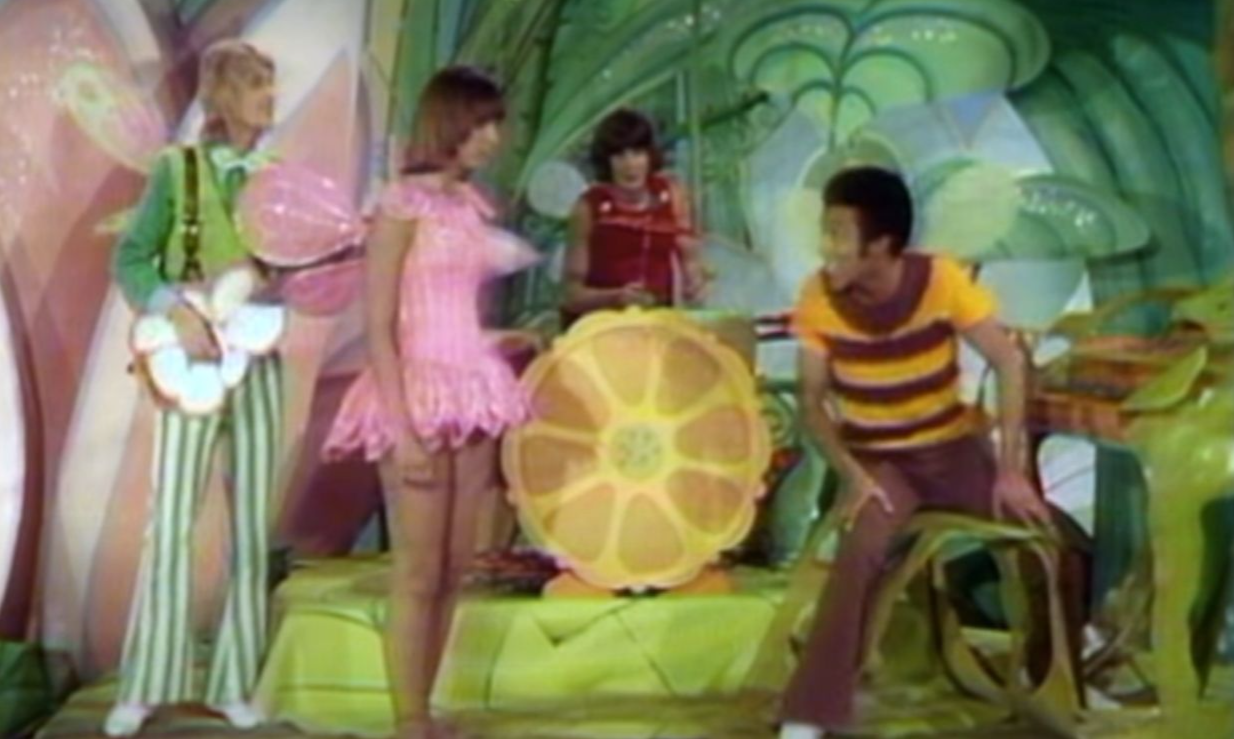 The Bugaloos - Gna Gna Gna Gna Gna by Sid & Marty Krofft Pictures
The Bugaloos - Gna Gna Gna Gna Gna by Sid & Marty Krofft Pictures
The Good Life
The Good Life delivered a comedic yet insightful look at a suburban couple ditching the rat race to live sustainably in their backyard. Long before "going green" was trendy, this British import tapped into ideas of self-sufficiency and minimalism.
 The Vibrating Armchair | The Good Life | BBC Comedy Greats by BBC Comedy Greats
The Vibrating Armchair | The Good Life | BBC Comedy Greats by BBC Comedy Greats
WKRP In Cincinnati
A struggling radio station? That was pure entertainment. WKRP In Cincinnati spun the chaos of wild DJs and clueless management to capture the freewheeling energy of the radio world in a way no series had before. Its irreverent humor and ensemble cast format influenced countless workplace comedies, including The Office.
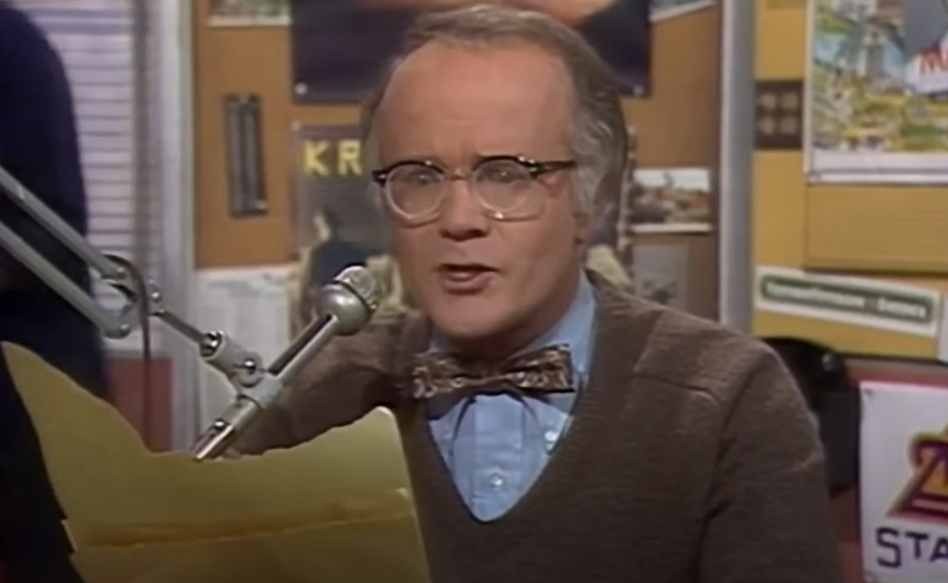 CBS, WKRP in Cincinnati (1978-1982)
CBS, WKRP in Cincinnati (1978-1982)

